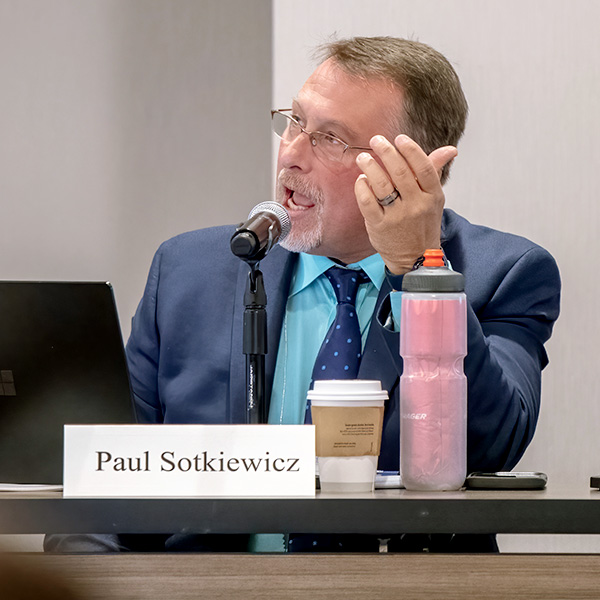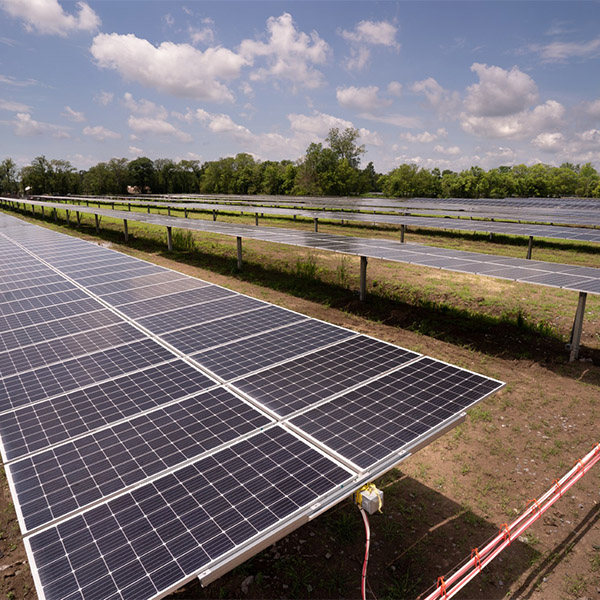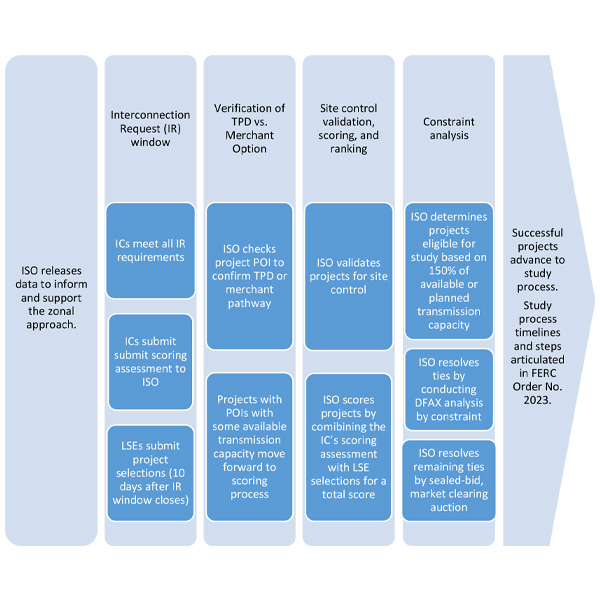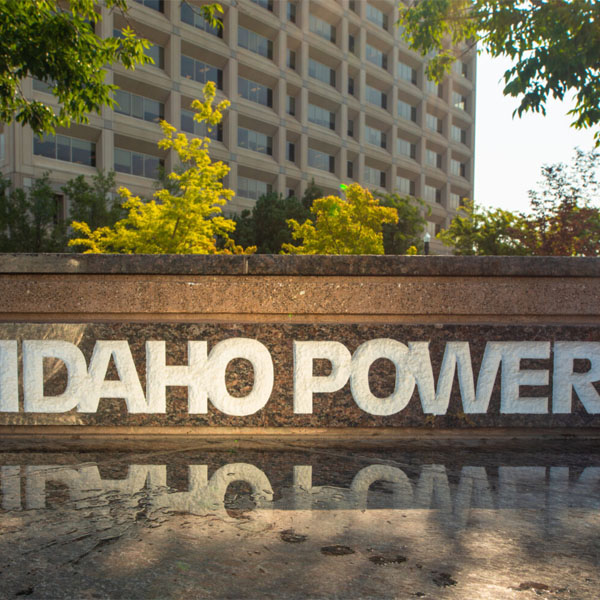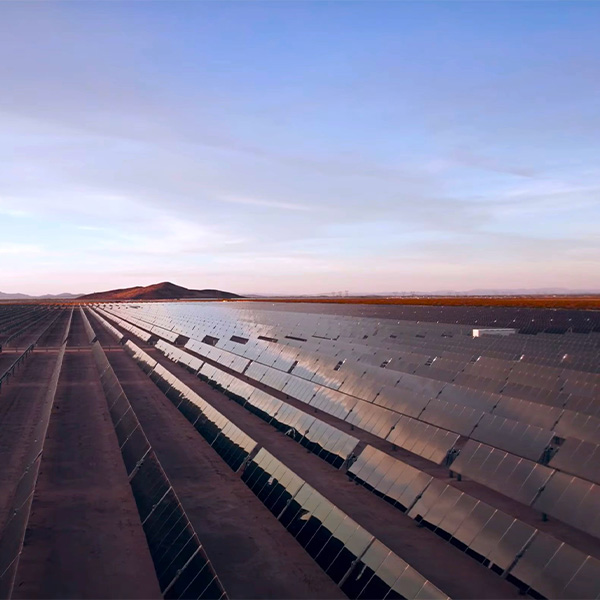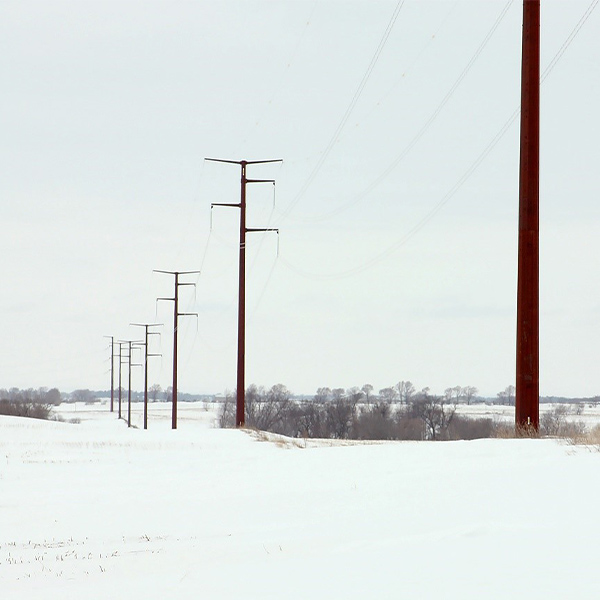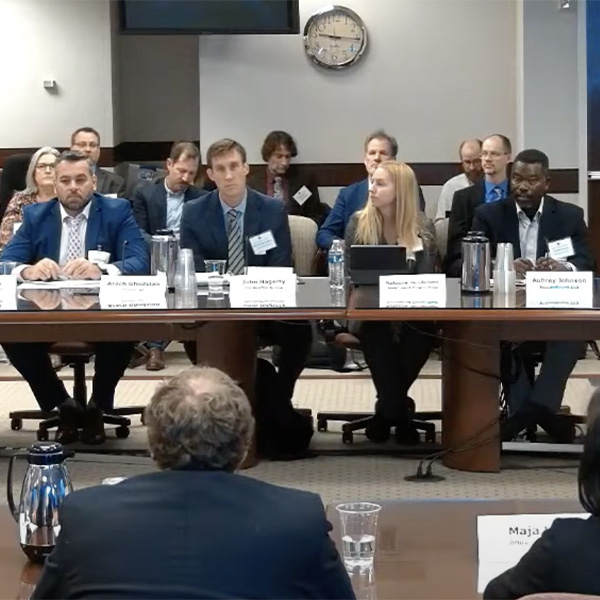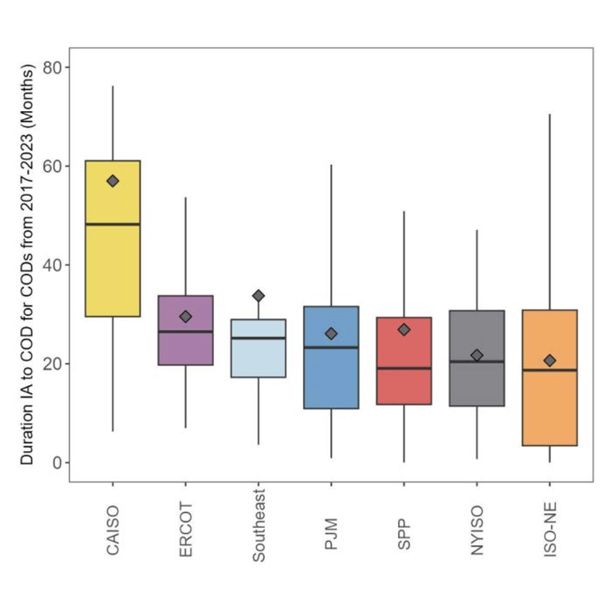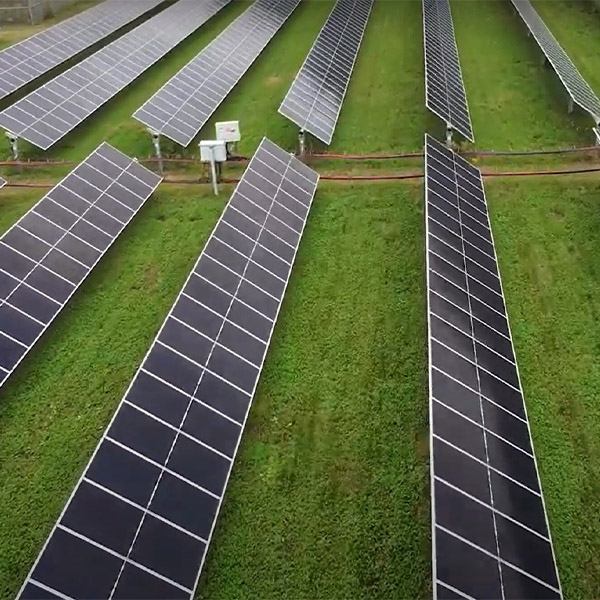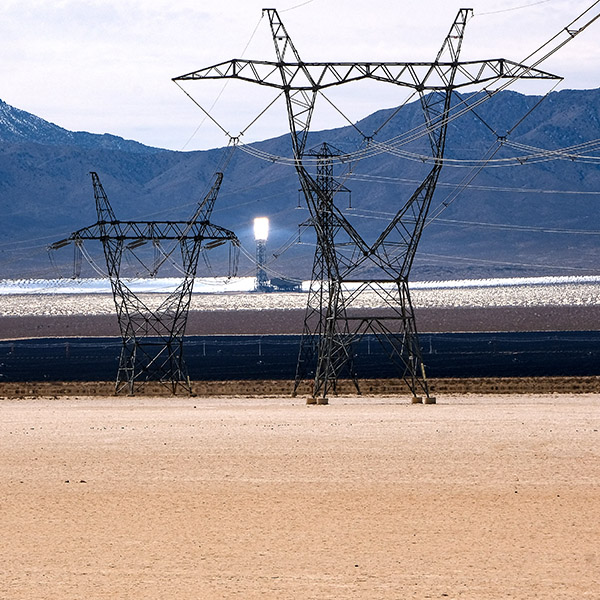generator interconnection queue
PJM's proposal to create an expedited interconnection process for high capacity factor generation would seek to add gigawatts of capacity by fast-tracking studies on around 100 projects.
MISO announced it will move forward on annual interconnection queue cap based on 50% of peak load for the year in question, this time removing exemptions for projects that regulators deem essential.
FERC approved CAISO's proposal to streamline its generator interconnection process to deal with the “unprecedented volume” of interconnection requests it received in 2023.
FERC largely approved Order 2023 compliance filings for four utilities in the West and Texas, directing them to submit further compliance filings within 60 days.
FERC will work with federally recognized tribes on whether it needs to issue a new rulemaking to address the issues they have interconnecting renewable resources to the grid.
MISO and its transmission owners defended their practice of allowing TOs to self-fund network upgrades necessary to bring generation online before developers get the chance to finance them.
FERC is still working to implement the changes to its generator interconnection rules from Order 2023, but it is also considering further changes, as it held a two-day workshop to gather more input.
Speeding up the interconnection queues is becoming more important as demand growth and the retirement of existing generators combine to cut into reserve margins around the U.S., experts said during a webinar hosted by Advanced Energy United.
MISO is adamant that it should limit project proposals in future queue cycles to 50% of annual peak load to moderate its 300-GW, oversaturated queue.
CAISO dove into Track 3 of its Interconnection Process Enhancements initiative as staff and stakeholders grappled with how to solve problems related to allocating transmission plan deliverability.
Want more? Advanced Search
